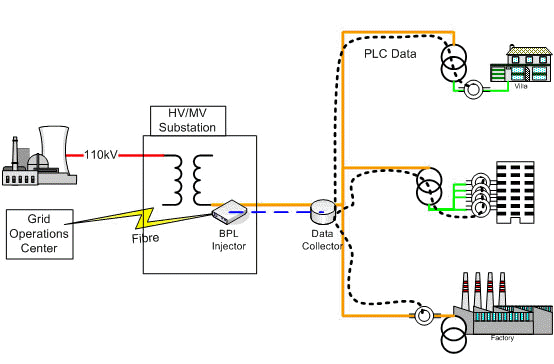Megawatts...Don't be daft we need Negawatts!

Yesterday I mentioned a free magazine entitled cogeneration and on site power. From the latest edition here is a summary of my favorite article.
As has been repeatedly found the cheapest form of energy is wasted energy. It is far cheaper to increase the efficiency of the grid and modify the load than to keep building more power stations to compensate for erratic power demand fluctuations.
Strategically saved energy, Negawatts, are the power source of the future...and of the present in some parts of the US! As fuel prices continue to rise, infrastructure planning and building costs increase and public antipathy builds, the whispers of demand side management are starting to be heard, not as incoherent ramblings but as a clarion call. Fully realised smart grids may be some way off but technology is already available for a much more flexible system of power management.
Indeed such a flexible system may be your only option if there is a supply shortage coming your way and there is nomotivation for electricity companies to build new generation or even a chance of clearing the necessary regulatory barriers in time. Negawatts are easily acquired and don't involved huge infrastructure projects.
Powerplants generate Megawatts but what assets generate Negawatts? Anything that uses or produces electricity and isn't owned by the grid company: lights, motors, cpu's, distributed generators are some good examples. All of these applications can be linked up to the now ubiquitous broadband communications network. The communication between these applications and the grid is a hugely useful dialogue due to the diversity in the system and the rapid response that can be elicited.
The Negawatt network has the following characteristics:
- The entire network is as diverse as possible. It ranges from the control of centralised air conditioners in homes to dimming lights in grocery stores to turning on back-up generators at data-centers and turning off water heaters.
- This whole resource can be fully functional within 30 minutes with much of it up and running within a couple of minutes. The network is effectively a single 'easy-button' to remove huge amounts of power from the grid when demand reaches dangerous peaks.
- A given amount of Negawatt power e.g 500NW is actually worth about 10% more than the MW value! This is because of transmission losses that are saved.
- In Connecticut where a 500MW system was developed in under two years 7% of the peak load is now part of the Negawatt system and can be used to ameliorate surges in demand giving the whole system greater ability to operate reliably with less backup wattage and therefore less ghg emissions.
So smarter grids are possible now, isn't it time these ideas where adopted on a larger scale? A look at how this works in practice...
- hundreds of grocery stores participate in the Connecticut scheme by allowing remote control of heating and lighting systems. Ultimate control is still in the hands of the supermarket but overwhelmingly a large amount of load can be shed...turning heating off for half an hour is rarely an issue, likewise with freezers, lower light levels would be depressing all day but are hardly noticeable for short periods. On average 75kW can be shed per store. In store devices can be controlled using existing wiring or wireless routers.
- Many large scale manufacturing processes can delay certain steps until off peak times and gain financially from this. This enables them to export the onsite generation capacity they have.
- Many telecommunications switching centers can start to run on backup generation.
In the future homes may also be adapted to take advantage of these signals, with simple technology heating/refridgeration may be turned off for short periods. Alternatively by simply providing information to consumers on easily accessible power meters they can--and have been proven to--simply defer using large amounts of energy until low demand/price periods.
Finally, despite the fact that Negawatt networks have been developed from purely economic motives they have proved to be a great educational tool.
"Perhaps most importantly , from and end user perspective, participating in demand response and being part of the Negawatt network raises the awareness of energy management and savings opportunities that lay in fallow"
Many companies have found that 25% savings are easily achievable, these savings represent additional function beyond principle function of load shifting from peak to off peak for the demand. The scheme educates and the abiity to make income as part of the system serves as a motive for energy reduction so as to enable further export.
Finally, shoutout to Amory Lovins of RMI who coined 'Negawatt' back in 1989.
Labels: energy and efficiency

Home









0 Comments:
Post a Comment
<< Home